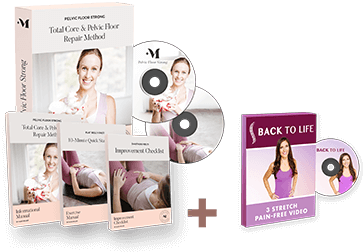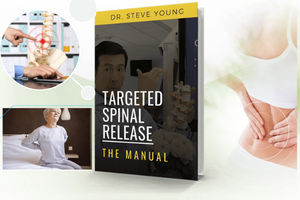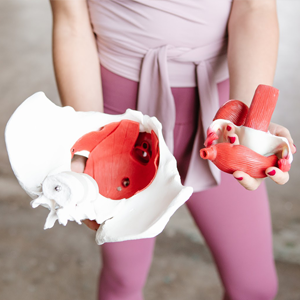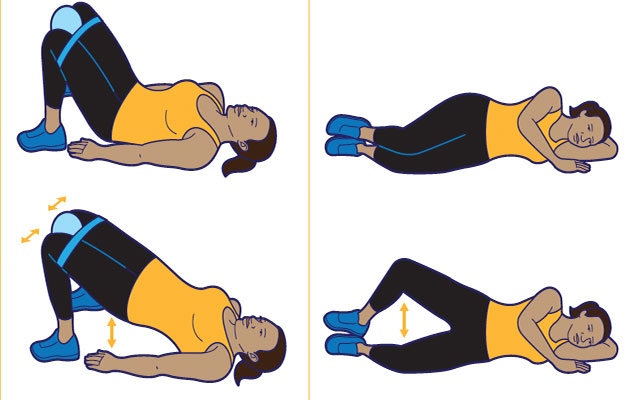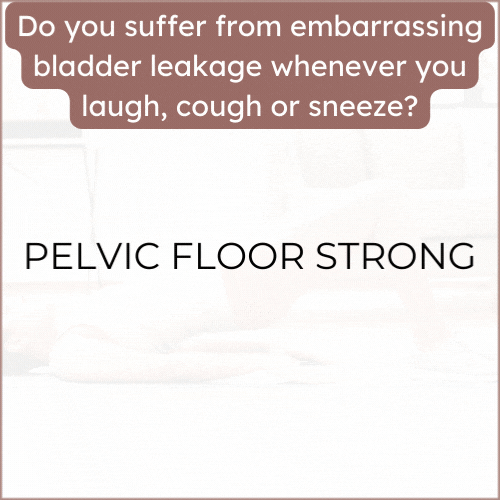MENOPAUSE Incontinence Solved in 7 Days with Pelvic Floor Strong System By Alex Miller
While it’s ambitious to completely solve menopause-related incontinence in just 7 days, the Pelvic Floor Strong System by Alex Miller can certainly help you make noticeable progress in managing urinary incontinence within that time frame if practiced consistently. The program is designed to strengthen the pelvic floor and core muscles, which play a crucial role in bladder control. Here’s how you can use the system effectively in the first week to experience meaningful improvement:
Day 1-2: Understanding the Basics and Starting Simple
- Introduction to Pelvic Floor Awareness: Begin by understanding how your pelvic floor muscles function and how they weaken during menopause. Learn to properly engage your pelvic floor by locating the right muscles (similar to stopping urine flow midstream).
- Basic Kegel Exercises: Start practicing Kegel exercises by contracting the pelvic floor muscles for 5 seconds, then relaxing for 5 seconds. Repeat this 10-15 times. Do 3-4 sets a day. This helps you become more in tune with controlling your pelvic muscles.
- Diaphragmatic Breathing: Incorporate diaphragmatic breathing to work on the synergy between your diaphragm and pelvic floor muscles. This helps reduce pressure on the pelvic organs and can improve control over bladder function.
Day 3-4: Strengthening Core and Pelvic Floor Connection
- Integrating Core Exercises: The Pelvic Floor Strong program emphasizes the connection between your core and pelvic floor. Start incorporating core exercises, such as pelvic tilts and bridge poses, which engage both areas.
- Pelvic Tilts: Lie on your back, bend your knees, and gently tilt your pelvis upward while engaging your pelvic floor. Hold for 5 seconds and repeat 10-15 times.
- Bridge Pose: Lift your hips toward the ceiling while squeezing your pelvic floor and core. Hold for 5-10 seconds, then lower. Repeat 10-15 times.
- Bladder Training: Begin to consciously extend the time between bathroom visits. Start with 1-2 hours between trips, and try to increase this interval by 15-30 minutes each day to retrain your bladder.
Day 5-6: Enhancing Endurance and Control
- Progressing Kegel Exercises: By now, increase the hold time of your Kegel exercises to 8-10 seconds. Aim to complete 3-4 sets of 10-15 reps daily. You should start noticing improved bladder control.
- Functional Movements: Start incorporating more dynamic movements that engage the pelvic floor, such as squats. When doing squats, focus on lifting your pelvic floor as you rise.
- Bodyweight Squats: Stand with feet hip-width apart, lower into a squat while keeping your pelvic floor engaged. As you return to standing, tighten the pelvic muscles. Perform 10-15 reps.
Day 7: Consolidating Gains and Continuing Progress
- Consistency is Key: By Day 7, you’ll have a routine of pelvic floor and core exercises. Consistency in performing these exercises, along with better bladder habits (e.g., bladder training and reducing irritants like caffeine), will lead to continued improvement in bladder control.
- Mindful Engagement: Focus on being mindful of your pelvic floor throughout the day, not just during exercises. Engage these muscles during everyday activities such as lifting objects, standing, or sneezing.
Results After 7 Days
- What to Expect: After 7 days of consistently following the Pelvic Floor Strong system, you may start to notice improved bladder control and a reduction in urinary leakage. While it’s unlikely that incontinence will be completely "solved" in this short time, the program will give you a strong foundation for continued progress.
- Long-Term Commitment: Incontinence management, especially related to menopause, is a long-term effort. By sticking with the program, you can continue to strengthen your pelvic floor and core muscles, leading to better bladder control over time.
Additional Tips for Faster Improvement:
- Stay Hydrated: Drink enough water but avoid large amounts close to bedtime. Dehydration can irritate the bladder, while proper hydration can help prevent overactive bladder symptoms.
- Healthy Diet: Avoid bladder irritants such as caffeine, alcohol, and spicy foods, which can worsen incontinence symptoms.
- Weight Management: If applicable, reducing excess weight can take pressure off the pelvic floor and bladder, improving symptoms.
Final Conclusion:
The Pelvic Floor Strong System is a powerful tool for improving pelvic floor strength and managing urinary incontinence, especially during menopause. While complete resolution of symptoms may take longer than 7 days, following the program consistently will bring you closer to your goal of better bladder control. It’s important to stick with the exercises and lifestyle changes for lasting results.








